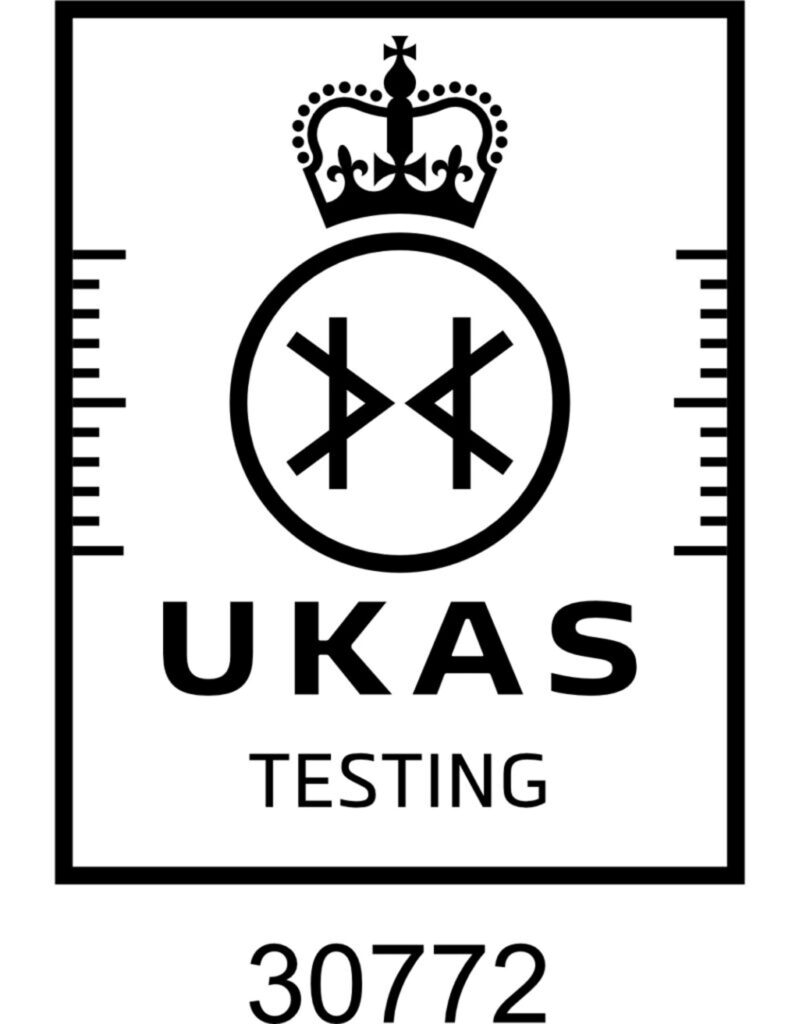
Young’s Modulus, also known as the modulus of elasticity, is a fundamental material property that quantifies the stiffness of a material. In the context of concrete, it represents the concrete’s ability to resist deformation under stress. This test is crucial for assessing the structural behaviour of concrete under load and is often used in the design of buildings, bridges, and other infrastructure projects.
Young’s Modulus is a critical property for understanding the behaviour of concrete in structural applications. Accurate testing of this modulus ensures that concrete mixes are suitable for their intended purpose, providing a safe and reliable foundation for construction projects.

AMTEST UK Ltd delivers top-tier services to civil engineering and infrastructure clients across the UK, backed by expert in-house concrete consultants.
Unit A 2D/6, Project Park, North Crescent, London E16 4TQ
Young’s Modulus, also known as the modulus of elasticity, is a fundamental material property that quantifies the stiffness of a material. In the context of concrete, it represents the concrete’s ability to resist deformation under stress. This test is crucial for assessing the structural behaviour of concrete under load and is often used in the design of buildings, bridges, and other infrastructure projects.
Young’s Modulus is a critical property for understanding the behaviour of concrete in structural applications. Accurate testing of this modulus ensures that concrete mixes are suitable for their intended purpose, providing a safe and reliable foundation for construction projects.